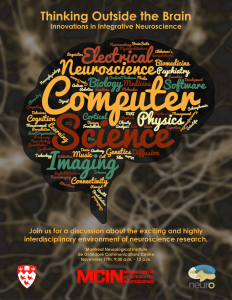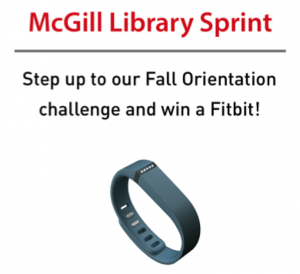I could not be more excited to be a member of the CCOM 206: Communication in Engineering Writing Recognition Committee, alongside some of the fantastic course lecturers. One of the assignments in CCOM 206 is to write a research paper and the committee had the difficult task of awarding the best paper to one student in the fall term. There were 337 students enrolled in the course and 12 papers were shortlisted for the award by instructors. We carefully considered the originality and practicality of the research question and proposed solutions in each paper, along with the depth of research and academic sources referenced, argument coherency and consistency, and overall clarity and quality of the writing.
The best paper among all those excellent research papers chosen for consideration is “Recycling Carbon Fibre Reinforced Composites: A Market and Environmental Assessment” by Maxime Lauzé.
McGill Library is hosting the winning paper in eScholarship, a digital repository which stores and showcases the publications and theses of McGill University faculty and students. Maxime will also receive a formal certificate from the McGill Writing Centre and a $50 gift certificate for the McGill Bookstore.
Here is the abstract of the winning paper:
Both environmental and economic factors have driven the development of carbon fibre reinforced polymer (CFRP) waste recycling processes. This paper will present the causes of increased use of carbon fibre composites as well as the consequences of such growth. As well, the advantages and disadvantages of three current recycling technologies available are discussed, focusing on fibre quality, commercial flexibility, and environmental impact. Chemical recycling produces best quality fibre with negative environmental impact while mechanical recycling produces bad quality fibre with good environmental impact. As a result, this paper argues that the best recycling method available today is a thermal process called conventional pyrolysis, because it produces good quality recyclate while being very energy efficient, tolerant to contamination and therefore also the best commercial candidate.
On behalf of the Writing Recognition Committee, congratulations to all those who were shortlisted for the award!
 Next week is innovation week at McGill!
Next week is innovation week at McGill! 
 This year’s
This year’s 
 The
The